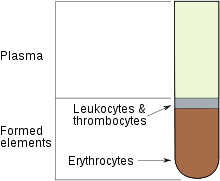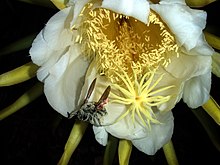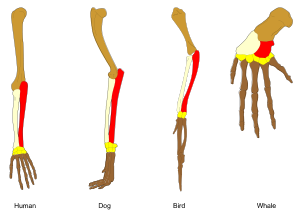The movement of blood in the body is made possible with the aid of the heart and blood vessels. The heart is responsible for the pumping of blood around the body and the blood circulates through the blood vessels.
BLOOD VESSELS

[Photo credit: Kelvin Song]
BLOOD VESSELS

[Photo credit: Kelvin Song]



















